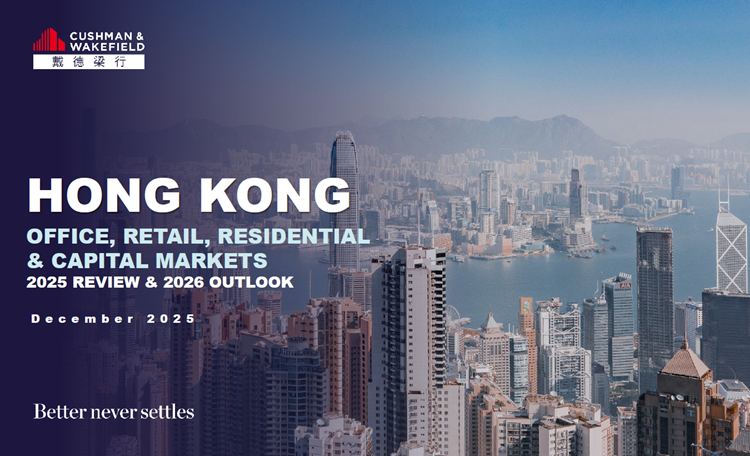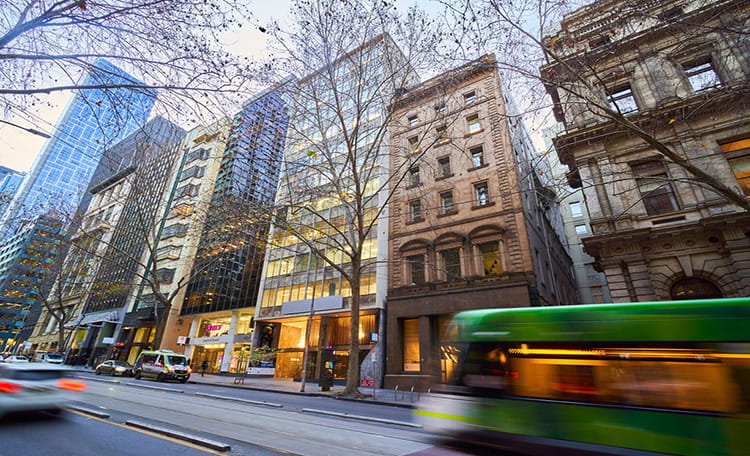- Complete banning of offshore gaming operations to add further downward pressure on rents
- While most asset types have exhibited healthy growth of demand drivers, the overall industry outlook is nuanced due to various market headwinds
- Evolving consumer behavior trends, partly attributable to the shifting demographics as more ‘Gen Z’ joins the workforce, will continue to reinforce the growth of the digital economy
Overall vacancy of Prime and Grade ‘A’ offices in Metro Manila was estimated at 15.2% by end-Q2 2024, a 129-basis point decrease from the reported vacancy rate of 16.5% in the previous quarter. Additionally, this figure is 167 basis points (bps) lower than the reported vacancy rate of 16.9% in the same quarter the previous year.
By end-Q2 2024, an additional 113,000 sq.m. of Prime and Grade ‘A’ developments had been added to the supply, bringing the total stock to 9.65 million sq.m. This, in turn, results in a quarterly net absorption figure of roughly 203,000 sq.m.
The total stock is expected to increase by another 0.38 million sq.m. by the end of 2024; however, completion delays are imminent. Vacancy rates will remain elevated in the medium term due to the large volume of new office space and the effects of the deferred expansion decisions of IT-BPM companies awaiting the finalization of the amendments to the CREATE MORE Bill.
Average Asking Rent Remains Steady Amidst Prevailing High Vacancies
Despite the improvement in vacancy rates of Prime and Grade ‘A’ developments in Metro Manila, the average asking rent remains steady at PHP 1,012 per sq.m. per month. In the near- to medium-term, developments in the major CBDs are expected to keep their headline rent steady, while those in the fringe areas are most likely to post lowered headline rents as high building and market vacancies persist.
Tetet Castro, Director and Head of Tenant Advisory Group at Cushman & Wakefield, said, “Metro Manila's commercial real estate market remains in the recovery phase in Q2 2024. The overall vacancy rate decreased to 15.40% in Q2 2024 from the reported rate of 16.5% in the previous quarter. On the other hand, the average asking rent remains steady at PHP 1,010 / sq.m. / month as high market and building vacancies prevail. Overall vacancy rates will remain elevated in the medium term due to the huge volume of upcoming developments, delayed passing of amendments to the CREATE BILL, and the pronounced total ban on Philippine Offshore Gaming Operators (POGOs) from the country. Nonetheless, headline rents of developments, particularly in the major CBDs, will remain unchanged.”
IT-BPM companies are now showing heightened demand for office spaces in Tier 2 locations to (1) access the talent pool in the provincial areas and (2) lower CAPEX and OPEX. While new entrants are still looking at Metro Manila to establish their first office in the country, existing IT-BPM occupiers now consider Tier 2 locations as primary areas to expand their operations.
Serviced offices continue as an alternative to traditional office spaces. Serviced offices provide companies the flexibility they need in adjusting their space requirement to suit their current headcount, as well as their future growth projections. Additionally, serviced offices having no CAPEX makes it a viable option for companies, particularly new entrants to the country.
Claro Cordero, Director and Head of Research, Consulting & Advisory Services at Cushman & Wakefield mentioned, “Until the directive to completely ban offshore gaming operations in the country by the end of 2024 has been made official, the establishment of Internet Gaming Licensees (IGLs) is seen to provide a reprieve to the current market uncertainties created by the policy pronouncement. In the long term, the complete banning of offshore gaming operations will add further downward pressure on rents due to the elevated office market vacancy rate.”
Tamed Residential Price Growth Expected as the More Significant Reduction of the Benchmark Interest Rate Continues to be Delayed
As demand tilts toward the prime office developments, cautious investor behavior and the challenges posed by hybrid work and altered real estate occupancy demand provide the market some time to absorb available supply, exerting further pressure on vacancies, especially in areas outside the major central business districts.
Mr. Cordero further added, “An observed pullback in discretionary expenditure persists against a weakening global economic backdrop and rising cost-of-living pressure, which paint a picture of a more challenging landscape for retail space, a first after seeing the effects of revenge spending right after the extended lockdown period. Meanwhile, new retail space supply is expected at around 177,000 sq.m. in gross floor area (GFA) for 2024, significantly below the recorded 443,333 sq.m. delivered last year with the completion of projects previously stalled at the height of the pandemic.”
“Evolving consumer behavior trends, partly attributable to the shifting demographics as more ‘Gen Z’ joins the workforce, will continue to reinforce the growth of the digital economy. This presents an opportune time to encourage retailers to leverage the burgeoning e-commerce industry and integrate their last-mile delivery operations into existing retail space,” Mr. Cordero further added.
Meanwhile, buoyed by urban decentralization efforts, changes in lifestyle and consumption habits, and the rising prominence of online grocery shopping, among other factors, the growth of the cold storage industry has accelerated in recent years with recent expansions of new, modern developments to serve the increased demand. While it has attracted a pool of property developers, with a growth target set at around 8%-10% annually, impediments to growth include the associated power costs and suitable digital infrastructure for automation.
Moreover, as the (more significant) reduction of the benchmark interest rate continues to be pushed back; a relatively tamed residential price growth is expected. This anemic capital value growth, especially for the middle-income market, will be more highlighted due to increased levels of new and existing supply on the market and constrained demand attributable to affordability pressures.
In the hotel segment, the pivotal role of infrastructure connectivity has promoted regional integration among tourism markets in the ASEAN region. In the Philippines, the slowing economic momentum among key source markets such as the US and the heightened geopolitical standoff with China may drag on the recovery momentum of the country’s foreign arrivals. This market outlook will set the tone for the remainder of 2024, as new completion of hotel rooms is expected to grow by 2,556 keys, out of the total 4,036 new keys for completion for the year, accounting for 85% of the recorded 2,950 new keys delivered in 2023.
Overall Industry Outlook is Nuanced Due to Various Market Headwinds
Estimated average office (gross) rental yields in Q2 2024 increased to 6.90% from its Q1 2024 level of 6.80%. Year-on-year (YoY), however, the rental yields were unchanged from their level in Q2 2023. C&W Research estimates gross rental yields for the Manila market will continue their upward movement in the near term as interest rates have yet to make significant downward movements.
Mr. Cordero mentioned, “[D]espite the Philippine Peso being the worst-performing currency and headline inflation spiking towards the tail-end of Q2 2024, the off-cycle reduction in short-term interest rates by the BSP will positively impact demand growth for key property segments in the Philippine property market. The decrease in key policy rates will foster more positive forward-looking expectations of more significant reductions and set a more positive investor mindset, allowing more unlocked investment deals in the medium term.”
Given the varying degrees of geopolitical, climate, and interest rate risks present in the Philippine property market, the long-expected return to the recovery track is at bay for an extended period. While most asset types have exhibited healthy growth of demand drivers, the overall industry outlook is nuanced due to various market headwinds,” Mr. Cordero said.




